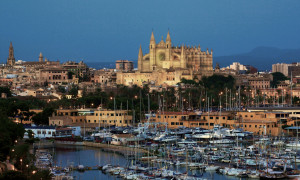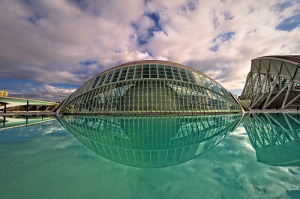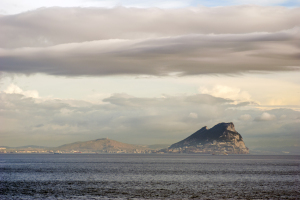Palma De Mallorca is the capital and largest city of the Balearic Islands in Spain. The name of the island originates from an old Latin phrase ‘insula maior’ that means ‘larger island’. In ancient times, the Romans would use this term to refer to the island because Mallorca is the largest island in Spain. Over time, the phrase was mispronounced and corrupted. The British pronounced it as Majorca, while the rest of world simply referred to it as Mallorca.
Today, Mallorca is one of Europe’s major holiday destinations. It is a city of modern hotel chains and flashy shops, yet still retains much of its old architecture. Football is a passion on the island, with the Real Mallorca team competing at its home playing field, the Iberostar Stadium. The island is famous for its many olive groves, which has led to the development of olive tourism on the island.


























